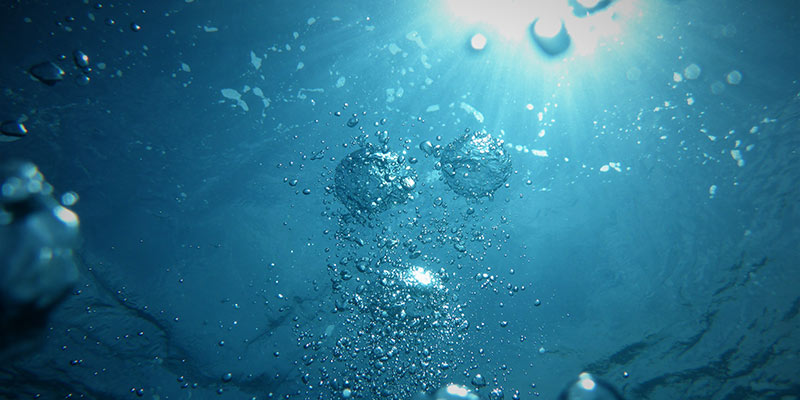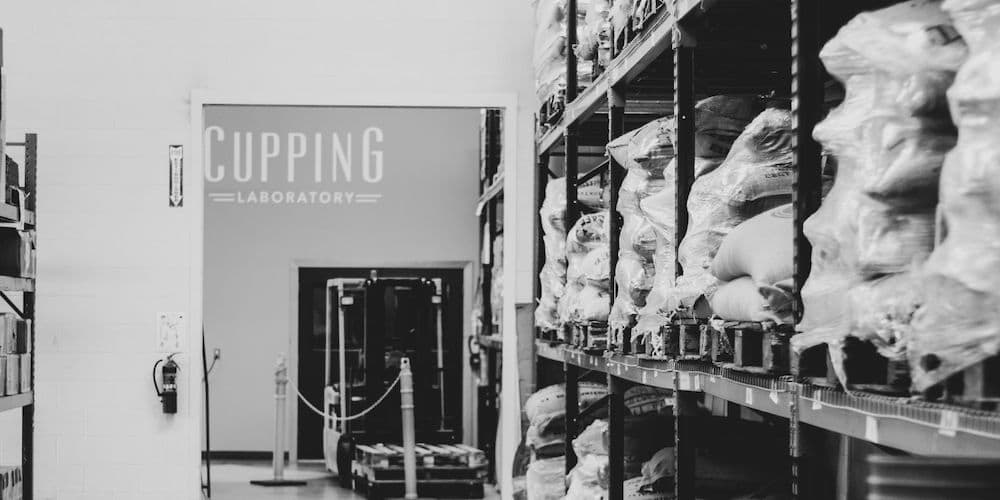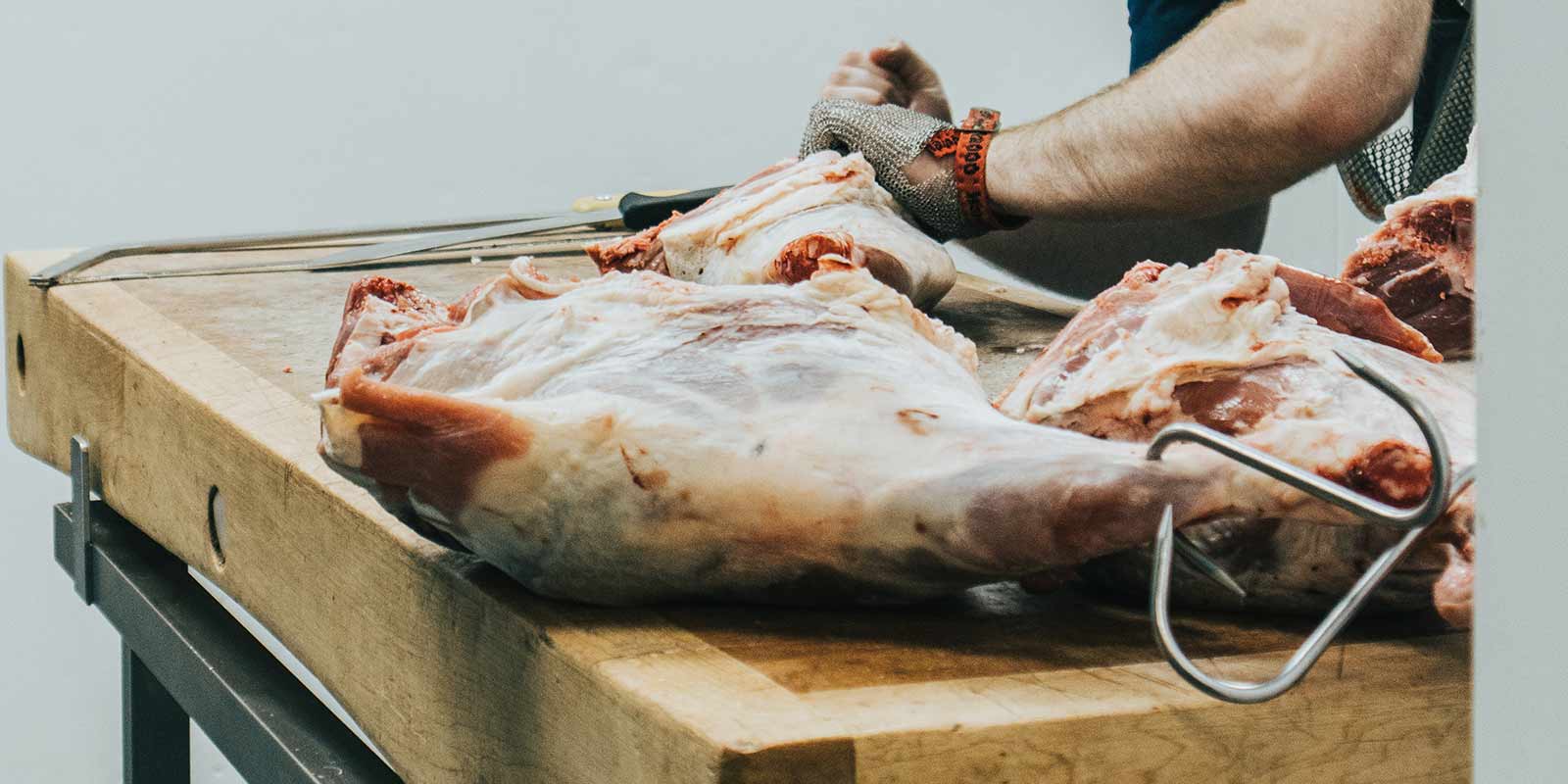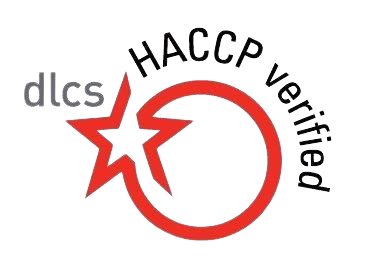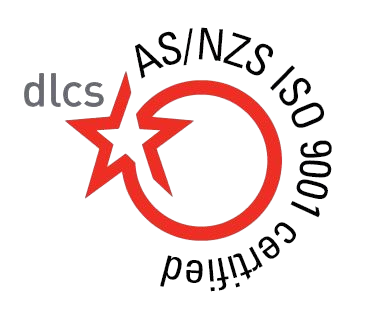Maintaining hygiene and cleanliness in food manufacturing environments is essential to ensure product safety, regulatory compliance, and brand reputation. Food manufacturing involves handling ingredients, machinery, and surfaces that require routine cleaning to prevent contamination and uphold the highest standards of hygiene.
1. Conduct a Facility Cleanliness Assessment
Before starting the cleaning process, a comprehensive cleanliness assessment is crucial. This step helps identify high-risk areas, determine the level of cleaning needed, and tailor a strategy for specific sections of the facility. It ensures that all parts of the site, from production lines to storage rooms, are properly addressed.
2. Remove Loose Debris and Waste
The next task is to remove any visible debris such as food scraps, dust, and other loose particles. Sweep floors and use vacuum systems where necessary to eliminate all loose contaminants. This step sets the stage for a more thorough clean and prepares surfaces for the application of cleaning agents.
3. Apply Cleaning Agents
After debris removal, it’s time to apply appropriate cleaning solutions to surfaces. These should be selected based on the nature of the contaminants. For example, use food-safe cleaning agents on machinery and food preparation areas, and choose specialized detergents for surfaces with grease or organic residues.
4. Scrub and Agitate Contaminants
Certain areas, like production lines or storage areas, require extra scrubbing to break up stubborn dirt or grease. Use specialized brushes or cleaning pads to ensure all areas are cleaned, including hard-to-reach spots where contaminants often accumulate. Pay special attention to corners, seams, and equipment that has direct contact with food.
5. Rinse Thoroughly
Once surfaces are scrubbed, thoroughly rinse them with potable water to remove any cleaning residue. Make sure to rinse all surfaces, including edges, drains, and crevices, to eliminate detergent traces and avoid contaminating the cleaned surfaces.
6. Sanitize All Surfaces
Sanitization is the final, crucial step in the cleaning process. Use a suitable food-safe sanitizer on all surfaces to reduce the presence of harmful microorganisms. Make sure to follow manufacturer guidelines on the correct application and contact time to achieve the desired level of sanitation. Using effective sanitizers will help prevent bacterial, viral, and mold contamination in your food manufacturing facility.
7. Inspect the Equipment and Facility
After sanitization, it’s important to inspect all areas for any remaining contamination. Use testing methods such as swabbing surfaces for ATP (adenosine triphosphate) or microbial testing to ensure the cleanliness of the facility. Repeat cleaning and sanitizing steps if necessary until the required hygiene levels are achieved.
8. Develop a Regular Cleaning Schedule
To maintain cleanliness, establish a regular cleaning schedule. Some areas may need to be cleaned daily, while others require weekly or monthly attention. Focus on high-touch surfaces such as door handles, countertops, and food-contact equipment to minimize contamination risks.
9. Staff Training and Best Practices
Training your staff in proper cleaning procedures is essential for maintaining hygiene standards. Ensure all employees involved in cleaning are familiar with food safety protocols, the proper use of cleaning agents, and equipment handling. Continuous training and adherence to best practices will ensure effective cleaning and help reduce contamination risks.
10. Monitor and Evaluate the Cleaning Process
Cleaning is an ongoing responsibility, and regular monitoring and evaluation are necessary to maintain high standards. Conduct routine audits of cleaning activities, review the cleaning logs, and collect feedback from employees to ensure your procedures remain effective. Monitoring will help identify areas for improvement and enhance overall cleanliness in the facility.


